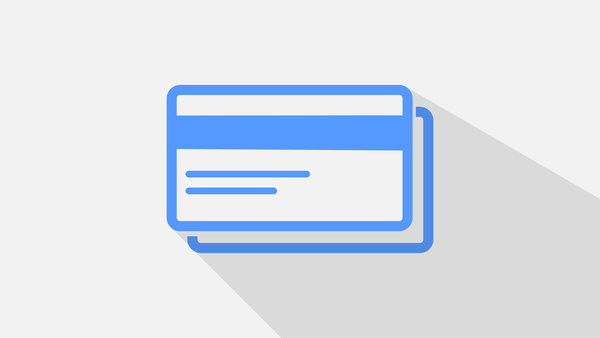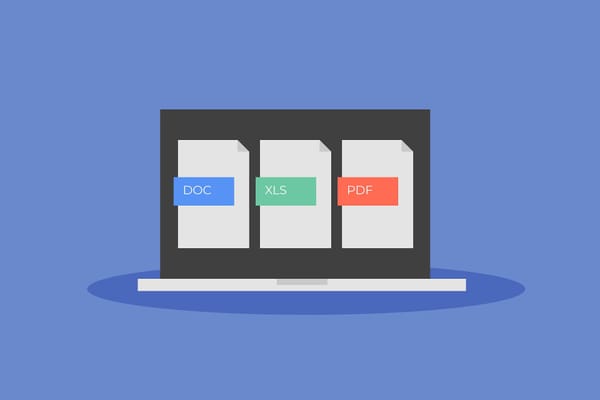How to Stop Chargeback Fraud from Hurting Your Small Business

Chargeback fraud is a growing problem for online businesses, draining revenue and damaging reputations. This scam happens when a customer disputes a legitimate purchase with their bank to get a refund—without returning the product. Some do this out of convenience, while others exploit chargeback policies to steal from businesses.
For small business owners, chargebacks are more than just a financial setback. Unlike large retailers that can absorb losses, small businesses often operate on tight margins, making them particularly vulnerable to fraud. Beyond lost revenue, excessive chargebacks can result in higher fees from payment processors and may even lead to account suspensions.
But chargeback fraud is preventable. By understanding its mechanics, recognizing warning signs, and implementing proper safeguards, you can protect your business and reduce risks. This guide will explain what chargeback fraud is, how it occurs, and the steps you can take to combat it.
What Is Chargeback Fraud?
Chargeback fraud happens when a customer disputes a legitimate purchase with their bank to get a refund—without returning the product. Instead of following a store’s refund policy, they file a chargeback claim, forcing the bank to reverse the payment. While chargebacks exist to protect real fraud victims, scammers take advantage of the system, knowing that banks tend to favor the buyer in disputes.
Some of the most common ways it happens include:
• A customer claims they never received the product, even though you shipped it.
• A buyer claims they didn’t authorize the transaction, even though they did.
• Instead of requesting a refund through your business, the customer goes directly to their bank and claims the product was not as described.
• A customer buys something and later claims their card was stolen, even though they received and used the product.
This type of fraud is a growing problem, costing businesses billions each year. In 2023 alone, merchants lost an estimated $20 billion to chargeback fraud, and that number is expected to rise to $28.1 billion by 2026.
Types of Chargeback Fraud
Friendly Fraud
Friendly fraud occurs when a customer makes a legitimate purchase but later disputes the charge. This can happen when someone forgets about a transaction, fails to recognize it on their statement, or claims the goods or services were not as described. In some cases, customers knowingly abuse chargeback policies by receiving the merchandise and falsely claiming they never got it.
Return Fraud
Return fraud involves a customer claiming that a product is faulty or not as expected to justify a chargeback, even when the item is in good condition. Some scammers even return used or damaged products while still demanding a full refund. Businesses with unclear or lenient return policies are at greater risk.
Digital Goods Chargebacks
Businesses selling software, e-books, online courses, or other digital products are frequent targets of chargeback fraud. Since digital goods can’t be physically returned, customers may dispute charges after downloading or using the product. This type of fraud is particularly hard to fight because proving usage can be difficult.
Subscription Fraud
Subscription-based businesses often experience chargebacks from customers who claim they never authorized recurring payments or forgot to cancel a subscription. Some continue using the service for months before disputing the charges, leading to revenue loss and increased chargeback rates for the business.
Related: 7 Types of Credit Card Fraud & How Your Businesses Can Avoid Them
The Impact of Chargeback Fraud on Businesses
Chargeback fraud can take a serious toll on businesses, especially small and medium-sized companies. When a fraudulent chargeback occurs, businesses lose not only the sale but also the product, shipping costs, and chargeback fees.
Over time, these financial losses add up, with some businesses paying between $3.36 to $4.41 for every $1 lost to chargebacks.
Chargebacks harm a business's reputation and operational efficiency. Frequent disputes can lead to negative reviews, reducing customer trust and impacting future sales. Businesses also waste valuable time and resources disputing fraudulent claims instead of concentrating on growth. Many must invest in fraud prevention tools, security upgrades, and staff training, which increases operational costs.
A high chargeback ratio can also lead to penalties from payment processors, higher transaction fees, or even the loss of merchant accounts—making it even harder for businesses to accept online payments securely.
Related: What is a BIN Attack and Why Is Your Very Small Business at Risk?
Signs of a Chargeback Scam
Not all chargebacks are fraud, but there are red flags to watch out for.
- A new customer making a large purchase without prior history could be a warning sign.
- If the shipping and billing addresses do not match, it may indicate someone is using a stolen card.
- Rush orders and overnight shipping requests are often tactics used by scammers to get the product quickly before a chargeback is filed.
- Customers who frequently request refunds or disputes may be taking advantage of chargeback policies. If a customer stops responding to emails or calls after making a purchase but later files a dispute, that is another potential sign of fraud.
Related: How to Spot and Protect Your Business from Fake Reviews: Red Flags, Tips, and Tools
How to Protect Your Business from Chargeback Fraud
Beyond security tools and verification measures, a proactive approach to customer interactions, policies, and dispute management can help prevent fraudulent chargebacks.
Here are key strategies to protect your business:
- Improve customer service – Many chargebacks happen because customers can’t get quick answers to their concerns. Offering clear communication channels, fast response times, and helpful support reduces the risk of disputes.
- Simplify return and refund policies – If returning an item is more complicated than filing a chargeback, customers may choose the latter. Make refund and return policies easy to find and follow to prevent unnecessary disputes.
- Analyze chargeback data – Tracking chargebacks helps identify trends and weak spots in your transaction process. Understanding why disputes occur allows you to adjust policies and improve fraud detection.
- Manage chargebacks effectively – When chargebacks happen, businesses should respond quickly, provide strong evidence, and dispute fraudulent claims to recover lost revenue.
- Require stronger customer verification - Using two-factor authentication for transactions adds an extra layer of security. Asking for CVV codes when accepting credit card payments and enabling address verification systems can help flag high-risk transactions.
- Keep detailed transaction records - Saving order confirmations, delivery tracking details, and customer communication logs will help you dispute chargeback claims. Electronic signatures or proof of delivery can be useful for high-value items.
- Use fraud prevention tools – AI-driven fraud detection systems and chargeback protection services offered by payment processors can flag high-risk transactions before they result in chargebacks.
For an extra layer of protection against chargeback fraud and other digital threats, Bitdefender Ultimate Small Business Security provides advanced security features designed to safeguard your business from scams, fraud, and cyberattacks. It helps prevent unauthorized access to customer payment data, detects suspicious activity in real-time, and protects sensitive business information from being exploited by cybercriminals.
Check out our plans for small businesses.
FAQs
What is a chargeback scam, and how does it affect small businesses?
A chargeback scam happens when a buyer fraudulently disputes a legitimate transaction to get a refund while keeping the product. Small businesses lose revenue, inventory, and may face penalties from payment processors.
How can small businesses prevent chargeback fraud?
Small businesses can prevent chargeback fraud by using strong customer verification, keeping transaction records, having a clear refund policy, and using fraud detection tools. Responding quickly to disputes also helps fight fraudulent claims.
What are the warning signs of a chargeback scam?
Red flags of chargeback fraud include high-ticket purchases from new customers, mismatched billing and shipping addresses, rush orders, and frequent refund disputes. Monitoring transactions can help spot suspicious activity early.
tags
Author
Cristina is a freelance writer and a mother of two living in Denmark. Her 15 years experience in communication includes developing content for tv, online, mobile apps, and a chatbot.
View all postsRight now Top posts
How to Protect Your WhatsApp from Hackers and Scammers – 8 Key Settings and Best Practices
April 03, 2025
Outpacing Cyberthreats: Bitdefender Together with Scuderia Ferrari HP in 2025
March 12, 2025
Streamjacking Scams On YouTube Leverage CS2 Pro Player Championships to Defraud Gamers
February 20, 2025
How to Identify and Protect Yourself from Gaming Laptop Scams
February 11, 2025
FOLLOW US ON SOCIAL MEDIA
You might also like
Bookmarks







